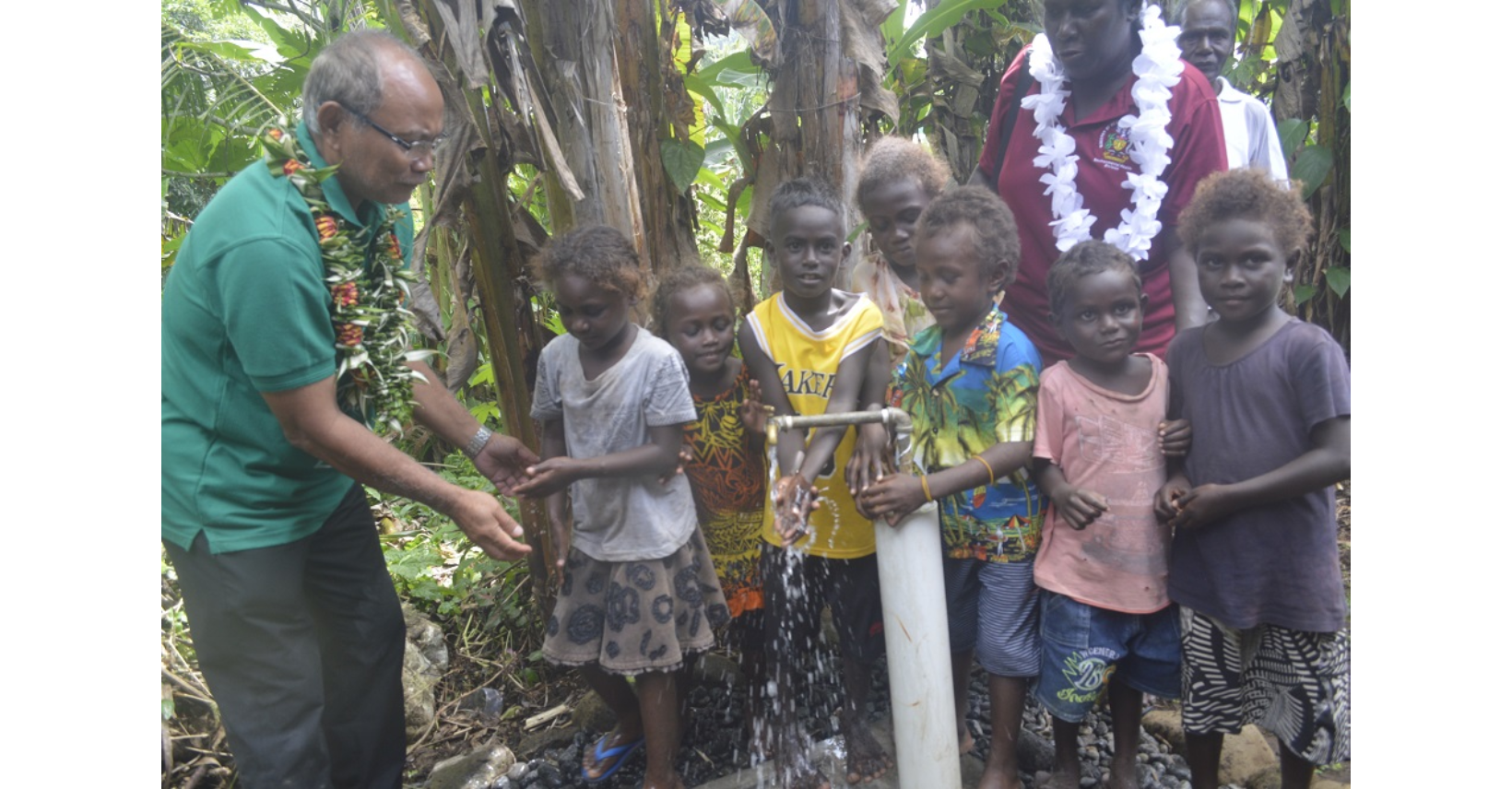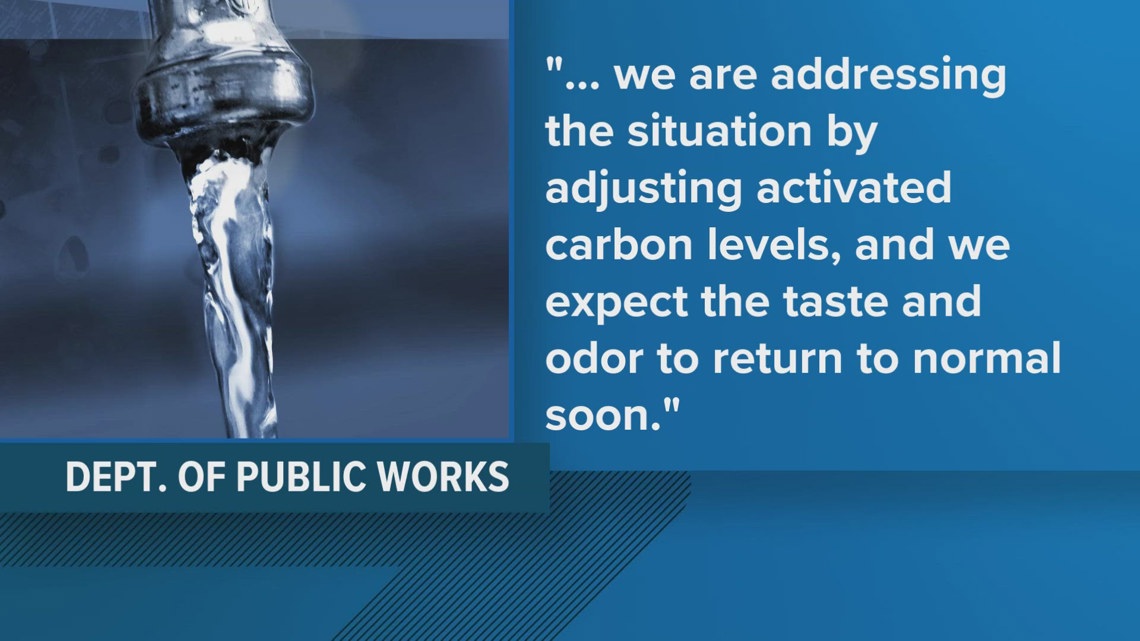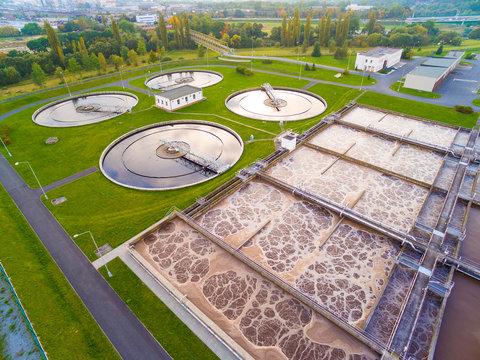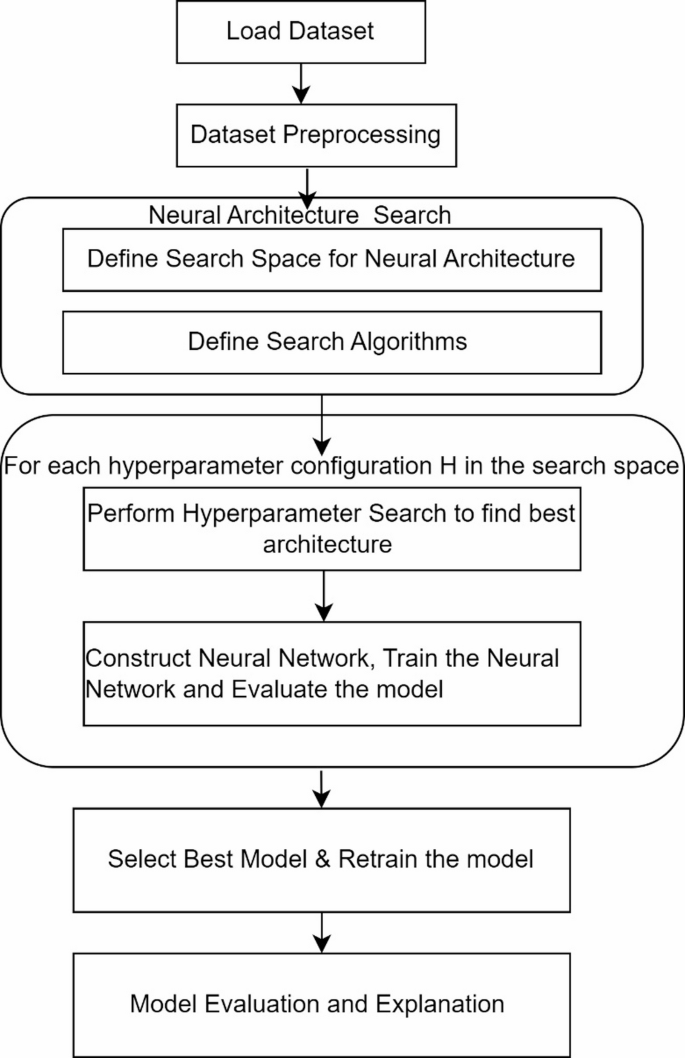Report on the “No Open Defecation” (NOD) Initiative in Western Province and its Contribution to Sustainable Development Goals
1.0 Event Overview
- Event: No Open Defecation (NOD) Celebration
- Organizers: Ministry of Health and Medical Services (MHMS) via the Rural Water Supply, Sanitation and Hygiene (RWASH) Program, in partnership with UNICEF and the Western Provincial Government.
- Date: 27th to 30th October 2025
- Location: Western Province, Solomon Islands, with specific visits to communities on Kolombangara and Ranongga Islands.
- Purpose: To officially recognize and celebrate seven communities that have successfully achieved and sustained Open Defecation Free (ODF) status, a key milestone in public health and sustainable development.
2.0 Alignment with Sustainable Development Goals (SDGs)
This initiative and its celebration are directly aligned with the United Nations Sustainable Development Goals, marking significant progress in several key areas.
- SDG 6: Clean Water and Sanitation: The primary focus of the NOD initiative is the achievement of Target 6.2, which calls for access to adequate and equitable sanitation and hygiene for all and an end to open defecation. The success of these seven communities is a tangible outcome of the National Sanitation Sustainability Plan (NSSP) and a critical step towards this goal.
- SDG 3: Good Health and Well-being: By eliminating open defecation, a major source of water and soil contamination, the program directly contributes to reducing the incidence of waterborne diseases. This supports Target 3.3 (end epidemics of water-borne diseases) and Target 3.9 (reduce deaths and illnesses from hazardous chemicals and water pollution).
- SDG 17: Partnerships for the Goals: The event exemplifies a successful multi-stakeholder partnership. The collaboration between a national government ministry (MHMS), a provincial government, an international agency (UNICEF), and development partners (DFAT) demonstrates an effective model for achieving sustainable development outcomes.
- SDG 11: Sustainable Cities and Communities: While focused on rural areas, the project strengthens community resilience and sustainability by improving access to essential sanitation services. It showcases community-led leadership, which is fundamental to creating safe and sustainable human settlements.
3.0 Stakeholders and High-Level Participation
The celebration will convene key stakeholders, underscoring the national and international importance of the achievement.
- Principal Partners:
- Ministry of Health and Medical Services (MHMS)
- UNICEF
- Western Provincial Government
- Confirmed Dignitaries:
- Representatives from DFAT
- Permanent Secretary of Health and Medical Services
- Chief of Field for UNICEF Solomon Islands
- Premier of Western Province
- Other provincial and community leaders
4.0 Objectives and Strategic Communication
The event serves as both a celebration and a strategic platform for advocacy and awareness.
- Primary Objectives:
- To formally honor the community leadership and collective effort that led to achieving NOD status.
- To showcase the progress made under the National Sanitation Sustainability Plan (NSSP).
- To raise public awareness and encourage a continued national commitment to improving sanitation and hygiene across the Solomon Islands.
- Media Engagement: Media participation is deemed vital for capturing and disseminating the success stories. This strategic communication aims to inspire other communities and reinforce the importance of sanitation for national development, in line with the SDGs.
Analysis of Sustainable Development Goals in the Article
-
Which SDGs are addressed or connected to the issues highlighted in the article?
The article highlights issues and initiatives that are directly connected to several Sustainable Development Goals (SDGs). The primary focus on sanitation and hygiene links to SDG 6, the resulting health benefits connect to SDG 3, and the collaborative nature of the project connects to SDG 17.
-
SDG 6: Clean Water and Sanitation
This is the most prominent SDG addressed. The entire article revolves around the “No Open Defecation (NOD)” celebration, which is a core component of improving sanitation. The Rural Water Supply, Sanitation and Hygiene (RWASH) Program is explicitly aimed at achieving the goals of SDG 6.
-
SDG 3: Good Health and Well-being
The article states that the National Sanitation Sustainability Plan (NSSP) focuses on “improving health, hygiene, and sanitation outcomes.” By eliminating open defecation, communities reduce the spread of waterborne diseases, directly contributing to better health and well-being, which is the central aim of SDG 3.
-
SDG 17: Partnerships for the Goals
The initiative is a collaborative effort. The article mentions the partnership between the Ministry of Health and Medical Services (MHMS), UNICEF, the Western Provincial Government, and support from DFAT. This multi-stakeholder collaboration is a key principle of SDG 17, which emphasizes the importance of partnerships to achieve sustainable development.
-
-
What specific targets under those SDGs can be identified based on the article’s content?
Based on the activities described, specific targets within the identified SDGs can be pinpointed.
-
Target 6.2
Under SDG 6, Target 6.2 is directly relevant: “By 2030, achieve access to adequate and equitable sanitation and hygiene for all and end open defecation, paying special attention to the needs of women and girls and those in vulnerable situations.” The celebration of communities achieving “No Open Defecation status” is a direct action towards this target.
-
Target 3.9
Under SDG 3, the initiative contributes to Target 3.9: “By 2030, substantially reduce the number of deaths and illnesses from hazardous chemicals and air, water and soil pollution and contamination.” Ending open defecation is a critical step in reducing soil and water contamination, thereby preventing illnesses and deaths associated with poor sanitation.
-
Target 17.17
Under SDG 17, the project exemplifies Target 17.17: “Encourage and promote effective public, public-private and civil society partnerships, building on the experience and resourcing strategies of partnerships.” The article highlights the “collaborative effort between government, communities, and development partners (UNICEF, DFAT)” as essential to the project’s success.
-
-
Are there any indicators mentioned or implied in the article that can be used to measure progress towards the identified targets?
The article provides both explicit and implicit indicators for measuring progress.
-
Indicator for Target 6.2
A specific, measurable indicator is explicitly mentioned: the number of communities that have “successfully achieved and sustained No Open Defecation status.” The article quantifies this by stating that seven communities (three on Kolombangara Island and four on Ranongga Island) have reached this milestone. This serves as a direct progress marker for Indicator 6.2.1 (Proportion of population using safely managed sanitation services).
-
Indicator for Target 3.9
While the article does not provide specific health statistics, it implies an indicator by mentioning the goal of “improving health, hygiene, and sanitation outcomes.” The achievement of NOD status itself acts as a proxy indicator for a reduced risk of illnesses from water and soil contamination. Progress would be measured by tracking the reduction in sanitation-related diseases in these communities over time.
-
Indicator for Target 17.17
The existence and successful implementation of the partnership is the primary indicator. The article identifies the key partners (MHMS, UNICEF, Western Provincial Government, DFAT) and describes their joint hosting of the event. The successful outcome—seven communities achieving NOD status—serves as a clear indicator of an effective partnership in action, aligning with Indicator 17.16.1, which tracks progress in multi-stakeholder partnerships.
-
-
Create a table with three columns titled ‘SDGs, Targets and Indicators” to present the findings from analyzing the article. In this table, list the Sustainable Development Goals (SDGs), their corresponding targets, and the specific indicators identified in the article.
SDGs Targets Indicators SDG 6: Clean Water and Sanitation Target 6.2: Achieve access to adequate and equitable sanitation and hygiene for all and end open defecation. The number of communities that have achieved and sustained “No Open Defecation” (NOD) status (explicitly mentioned as 7 communities). SDG 3: Good Health and Well-being Target 3.9: Substantially reduce the number of deaths and illnesses from water and soil pollution and contamination. The focus on “improving health, hygiene, and sanitation outcomes” implies a reduction in sanitation-related illnesses as a measure of progress. SDG 17: Partnerships for the Goals Target 17.17: Encourage and promote effective public, public-private and civil society partnerships. The successful collaborative effort between the government (MHMS), communities, and development partners (UNICEF, DFAT) to implement the RWASH program.
Source: solomonstarnews.com






